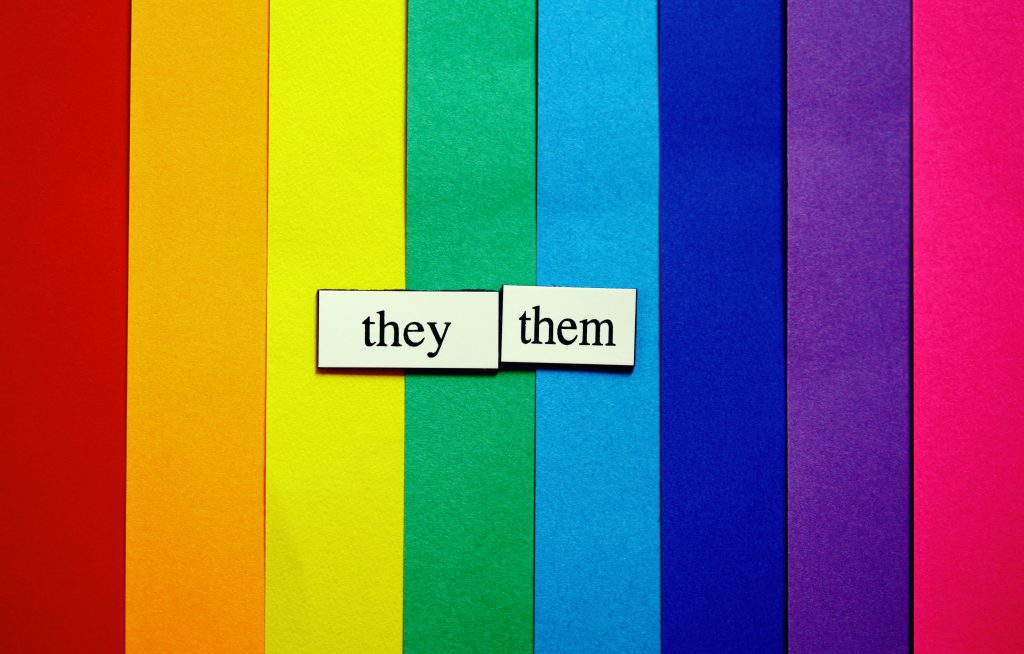Welcome to Part 2 of Breaking the Binaries with Serein!
In Part 1, we discussed how gender identity and sexual orientation are typically viewed from a heteronormative lens.
Let’s start by breaking down how gender and sexuality are understood today.
So what is gender?
Remember understanding gender also begins with acknowledging that an individual’s gender assigned at birth does not determine how they experience gender across various stages of life.
Gender Identity is an individual’s intrinsic personal experience of their gender while gender expression is how they choose to express this gender identity outward via their behavior, clothing style, etc.
Numerous gender identities expand beyond or exist outside the binary framework of man and woman, such as
- Cis-gender (individual’s gender identity is aligned to the gender assigned at birth)
- Transgender (individual’s gender identity differs from the gender assigned at birth)
- Genderfluid (individual’s gender identity changes and shifts with time)
- Non-binary, (the normative definitions or understanding of only two genders does not fit an individual’s personal experience of gender)
- Agender (rejects the concept of gender)
- Gender Questioning (individual is exploring what gender identity encapsulates their experience)
This is not an exhaustive list. It is important that we educate and keep ourselves informed that gender identities and sexual orientation exist on a spectrum.
It is precisely the assumption that there are only two kinds of biological sexes which in turn produce two genders and one sexuality, that lies at the heart of the social construction of gender binarism.
But how do we understand sexuality?
“The normal” defines sexuality in line with the body that was assigned gender as being expected to grow up in that gender and be attracted only to the “opposite” gender.
An able-bodied man and a woman are the accepted norm. Sexuality was restricted to feeling desire only for the “opposite” gender. This means a man is expected to feel desire only for a woman and a woman feels desire only for a man.
Today, we understand sexuality as the physical, romantic, and/or emotional attraction to members of the same and/or other genders.
Sexual orientations are diverse, exist on a spectrum, and differ from gender identities. One can identify as
- Pansexual [experience attraction irrespective of gender]
- Bisexual [experience attraction to members from their gender and other genders (or) two different gender identities]
- Asexual [experiences little to no attraction to other genders]
- Demisexual [experiences attraction through emotional connect regardless of gender] and so many more identities under the larger umbrella of sexual orientation.
Biological Sex and Gender identities do not determine an individual’s sexual orientation.
For example, A transgender person may also identify as straight, gay, bisexual, pansexual, and more.
Gender and sexuality are fluid, ever-evolving, and determined by the lived and felt experiences of the individual. Gender identity and sexuality often intersect with other social identities, like race, age, ethnicity, disability, etc, and tend to overlap resulting in the individual experiencing systems rooted in privilege/ discrimination. This is commonly known as intersectionality.
This could mean that someone who is a woman of colour and differently-abled might face additional barriers of exclusion.
In the workplace, homophobic behaviors such as microaggressions and subtler exclusionary behaviors can pose a threat to one’s safety. Fearing negative consequences, people avoid ‘coming out’ or opening up about their identity to their colleagues.
So how can organisations break these binaries, understand the LGBTQIA+ community better, and create a safe place for people to be open about their identities? Allyship.
As per a Deloitte survey titled ‘LGBT+ Inclusion @ Work 2022: A Global Outlook’, about 82% of LGBTQIA+ employees surveyed globally said that ‘allyship’ helps them be out at work.
Two professors from the University of Utah conducted studies across a period of four years to understand how LGBTQIA+ individuals determine whether someone is an ally.
They found that, according to LGBTQIA+-identified people, being a good ally has three components:
- Being accepting of people from the LGBTQIA+ community through actions,
- Taking action by educating oneself and unlearning preconceived assumptions about gender and sexuality.
- Most importantly, having the humility [Listening attentively and exercising no judgment when listening to another’s lived experiences]
Their research emphasises that there’s more to allyship than just rainbow-colored pins and flags. Organisations must avoid ‘Rainbow washing’ which is the excessive usage of pride symbols and flags to demonstrate their inclusion efforts. This can result in tokenistic support devoid of meaningful intent or understanding.
When employees feel empowered to be their authentic selves at work, they feel empowered to bring their unique perspectives and talents.
To learn more about how your organisation can grow better allies, write to us at hello@serein.in


